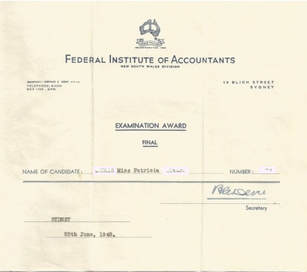 It is with great delight to announce my mother, Patricia Evans (nee Morris) who was accepted into the NPW Hall of Fame in mid-2017, has now been included in their HerStory Archive. At the age of 21 as the first female accountant of Bitumen Oil Refineries (Australia) Limited (Boral) in 1949 Patricia is considered a pioneer in the male-dominated field of accounting; a further achievement has been included also: “secured a contract amenable to raising children … somewhat unusual in the 1960s.” The direct link to Patricia’s information on the HerStory Archive is: https://pioneerwomen.com.au/herstory2017/woman/evans-patricia As mentioned in a previous post, Patricia was further honoured by Boral which celebrated 70 years in 2016 when they profiled Patricia in the December anniversary edition of their journal. Please note the link to the Boral journal has changed. You can now have a look at this article on pages 6 and 7 via: https://www.boral.com/sites/corporate/files/media/field_document/Issue%202%2C%202016.pdf Over the past five years I have been privileged to be entrusted with Mamma’s memories so that I could write her story. A family history edition of her memoir was printed in time for Mamma’s 90th birthday last December, and this is currently being edited for publication both in print and e-book by the end of 2018 or early 2019. I’m sure you will join me in congratulating Patricia on her well-deserved recognition.
0 Comments
I never thought just over three years ago when I was invited to write an article for PnP Authors [Promotional] magazine that it would evolve to a monthly column. My health was such that any commitment loomed like a monster, ready to attack at my most vulnerable times: potential for more stress - not only dealing with pain and other symptoms, but the possibility of being unreliable also threatened. I was and still am lucky that the owner and editor of the Magazine is a compassionate woman and gave leeway - write and submit when you're feeling up to it. Therefore, with pressure lifted my energies were renewed.
Other than a couple of times in 36 issues my column has been part of each month's magazine. Based on my own experiences and observations of living with chronic pain my columns explore the quality of life that can be embraced regardless of the situation. Many comments and questions have allowed, with permission, insight through my column into others' perspectives and journeys when it comes to living with health issues. My health has improved immensely over the past 10 years and writing about strategies has helped. So, whether living well daily when triggers persist, or exploring the world through a cuppa at a cafe with family and friends further afield on holidays, enjoy what life has to offer. For access to May, June & July editions go to: www.suzanne-newnham.com/other-writing.html 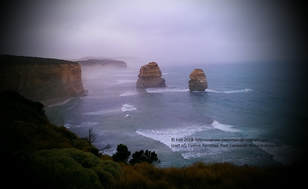 Courage – a reader’s achievement is the latest article on living with chronic pain in my PnPAuthors Magazine column. This time a reader sent me a comment on her approach to travelling, with a delightful outcome. If you'd like to read more click on: http://authorpp.blogspot.com.au/2018/03/blog-post.html scroll to page 6. And if you missed "It might be a long road – but it’s worth it" this article is on page 4 in the April edition http://authorpp.blogspot.com.au/2018/03/pnpauthors-magaine.html  I haven't updated my blog since June, or looked at my social media much in the last six months because I have been focused on research and completing a book 'What Glass Ceiling'; co-authored novella 'Murder on the First'; my monthly PnPAuthors Magazine column; article for the 2018 International Psychics Directory; family commitments; as well as a holiday to New Zealand which was incredible, and a challenge (see my February column in PnPAuthors Magazine - to be published shortly); plus organising my mother's 90th birthday party. If you're into numerology 2018 is 11 - a power number year with exciting intense energy. Not sure how to make a difference on a local and global level as you're just one person? Many petitions abound where your signature goes to help the collective energy towards restore balance in society where injustice exists; relieve pressure from an already fragile eco-system; bring hope to individuals; to name a few areas these petitions cover. It can take courage - what potential repercussions might follow if you commit to a cause by adding your signature. That seems to pale into insignificance when a 'Victory' is announced and someone or something is now safe in whatever way the need has been addressed by governments, businesses, or even by a local community. In 2018, may you look at your past achievements - both large and small - what is the stepping stone that you can now build on? What journey towards that achievement helped improve your self-esteem, your self-worth? What can you draw on to further enhance the constructive and creativeness that resides inside you and allow it to blossom? Wishing you happiness and good health for 2018. I’m delighted to announce that my mother Patricia Evans has been accepted into the National Pioneer Women’s Hall of Fame (NPWHF) in Alice Springs Australia. Patricia, in 1949, was the first female accountant for Bitumen & Oil Refineries (Australia) Limited (Boral) and the Hall of Fame has welcomed her as “a pioneer in the predominantly male field of accounting” for inclusion in their Herstory Archive.
The acceptance letter includes mention of Patricia ‘securing a contract amenable to raising children (e.g. finished work at 4pm and took her leave during the school holidays) somewhat unusual in the 1960s’. Mamma successfully merged being both mother and career woman throughout her working life. I grew up never knowing that being a woman was an exception in the executive workforce. Mamma always led by example, and is still inspirational to me. The NPWHF Archive is planned to be updated later in 2017, as resources allow, and Patricia’s ‘Herstory’ will be added at that time. I will post again when her achievements are available online. In the meantime, please join me in sending Patricia congratulations for being accepted into the National Pioneer Women’s Hall of Fame. http://pioneerwomen.com.au/ 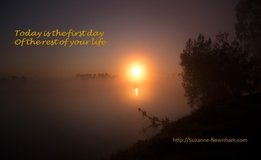 My May column in PnP Author Magazine is published. How many times in a year, a month, a day do you say "but I don't have a choice"? Or pronounce "I'll be happy when ..." and you then rattle off a list knowing that the perceived effort seems to far out-weigh the desire for that changed state towards happiness. If you have chronic pain, persistent fatigue then choice on how you live each day truly seems to have been taken away. However, moments arise whereby not being scared or overwhelmed pierce through the haze being replaced by joy, contentment, feeling lighter or an ability to cope even if just for that moment. Learn how to, in the face of adversity, capture that moment ... "Choices: Today is the first day of the rest of your life" http://authorpp.blogspot.com.au/2017/04/may-2017-pnpauthor-magazine.html 2017 International Psychics Directory PEOPLE's CHOICE AWARD
I'm so excited as I'm eligible for the 2017 International Psychics Directory PEOPLE's CHOICE AWARD. My article 'Ego is not a dirty word, or is it?' on ego and ethics is available at http://www.psychicdirectory.com.au/PD2017Digital.pdf (free copy of the 2017 International Psychics Directory) on pg 47. Just the article: Voting details in http://newagesupastore.com/dir/vote2017/vote2017.html Please vote for me. URGENT Funding for a vital health organisation is stopping!
If further funding is not guaranteed then SHOUT (Self-Help-Organisations-United-Together) will need to close its doors within the next month. Update: http://citynews.com.au/2017/stanhope-ministers-blunt-cuts-hurt-vulnerable-people/ SHOUT is the administrative centre in the ACT (Canberra Australia) which supports 47 Health Support Groups, 6000 clients, offers facilities and education resources to people with health conditions, family, carers, friends, health professionals, and the general public in the ACT and surrounding regions. SHOUT's funding is about to be cut disabling SHOUT and as a flow on effect the groups it supports. I have personally benefited from SHOUT via two support groups, which have helped me not only understand more about chronic pain but have helped me realise I'm not alone dealing with a chronic health condition. If SHOUT is disbanded then the financial implications on the health sector will increase - by how much & in what manner we don't want to subject people to that when they are already struggling! Support groups offer information, self-management techniques, vital communication through meetings and social gatherings to people who would otherwise be isolated because of their health situations. If SHOUT disappears then flow-on financial implications to both Government and people are numerous. Without these services backed by SHOUT the potential impact on people's health and subsequent wellbeing could be devastating. Please make yourself heard in support of SHOUT Click for list of suggested media and government contacts. Recently a question 'Why do you want to write this story?' was asked regarding keeping one's writing on track.
Why write? The subject interests me, and I am prepared to do the research to ensure accuracy. However, it's more than just interesst but this answer will suffice for the present. For me, the concept of 'on track' is the intriguing part of the discussion. It's not so much keeping my writing on track as utilising the opportunities that arise which will enhance the final writing project. I'll give a couple of examples. Writing my mother's story deciding whether it is more akin to the style of a novel or purely factual and I received an invitation to interview my mother for the company Boral. Mamma was their first female accountant in 1949 and the company celebrated its 70th anniversary in 2016. So, to cut a long story short, my article on Mamma was published in December. Straying from writing the story - yes, but that section of her life in the story will be much richer because of the interview for Boral. The second writing project is of transformation and chronic pain - and what writing style is satisfying to me and engaging for the reader? At a crucial time of decision making (early 2015) I was offered and accepted writing a column in a magazine writing on that very subject! A book perhaps from that??? Stay tuned... I'll leave you with this parting thought - do you see procrastination, diversions as a hindrance or do you recognise the opportunities that these might create? |
Author
|
website & all content (not stated otherwise) copyright © Suzanne Newnham 2024

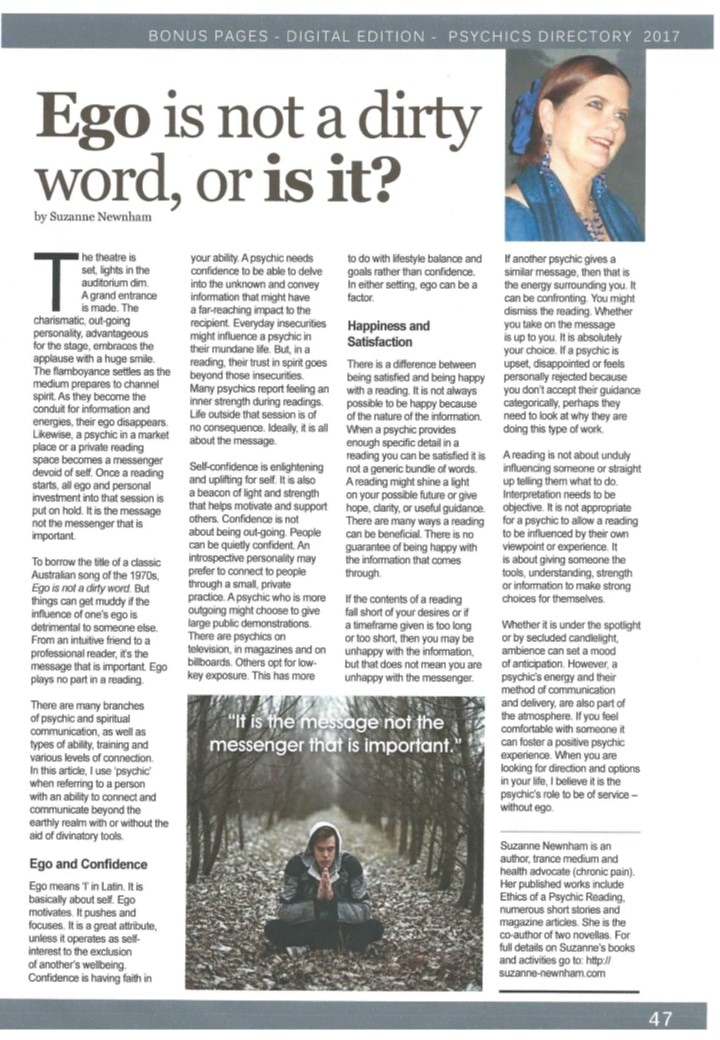
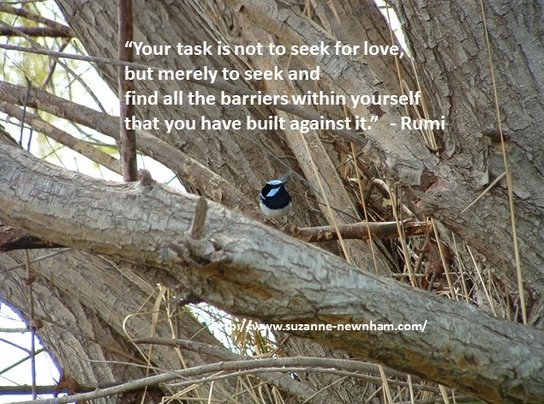

 RSS Feed
RSS Feed